Community gardens are on the rise, no question about it. Whether it’s providing space for residents to grow their own food or offering a green space to escape the concrete jungles and building a community, their appeal certainly can’t be denied. But how exactly do you even start a garden and who can you turn to for support and answers to your questions? Community Gardens Australia is here to save the day!
The origin of community gardens dates all the way back to 1890’s, but they were especially important during World Wars in Europe and during the Civil Rights movement in America, as they supplemented food in times of crisis. In Australia specifically, the first community garden was established in 1977, and there are currently around 600 gardens dispersed over the country. Which is not bad, considering a recent research claiming Australia is concerned about food security and will most likely depend on local urban agriculture in the future. For context, community gardens produce on average 1.2 kg of food per plant over the four months.
We spoke with Naomi Lacey, the current president of Community Gardens Australia about the organisation, the benefits – and challenges – of community gardens, and how you can discover a garden in your neighbourhood. Topics varied, opinions were shared, Australian sunsets were enjoyed – it all led to this inspirational story of an organisation fighting for fellow gardeners and motivating anyone to create the change they envision in their city.
Approximately 7 years ago, Naomi established her own community garden from scratch. In fact, it was the first one in Palmerston, Australia, which now has 25 active members. Having support and funding from the local council turned out to be of huge help when establishing the garden. The whole overall experience brought everyone involved joy, remembers Naomi.
“We really enjoyed establishing the garden. And now I go down the road to my garden, I hang out with my friends and grow food with them.”
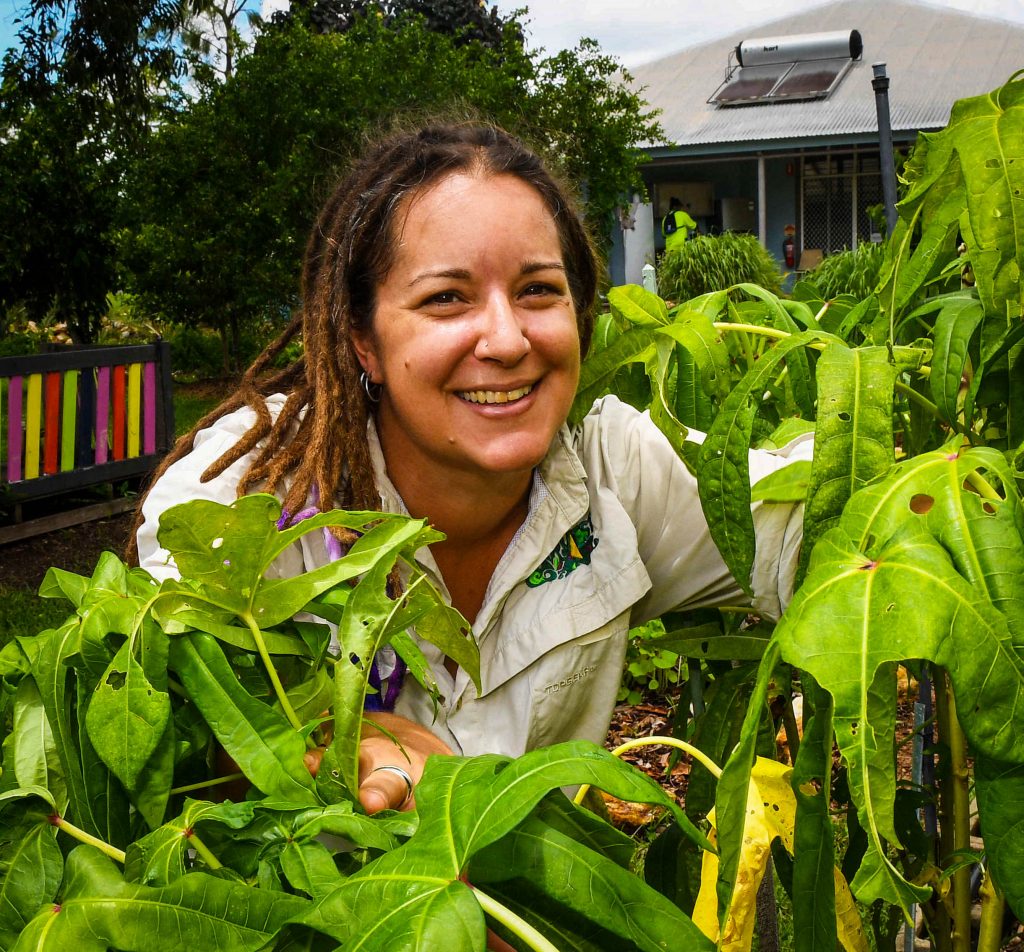
Who Exactly Is Community Gardens Australia?
First things first, Community Gardens Australia is a volunteer-led organisation, formed in 1996 by the community for the community. It’s completely run by volunteers; approximately 20 participants currently work with the organisation, there isn’t a single paid staff member. Quite impressive for a network completely run by non-paid garden enthusiasts for 25 years! “Staying together as an organisation for so many years is pretty powerful when it’s all run by volunteers,” Naomi says proudly when asked about the biggest success of the organisation.
“It’s all out of the love of our hearts.”
The main purpose of Community Gardens Australia is to support and advocate for community gardens around Australia, but they also provide needed resources and offer an online directory for everyone all around the world. Their website includes a rich selection of free information pamphlets and handbooks, ranging from guidelines on how to start a garden, including gardening instructions and plant guides, all the way to the information on how to deal with local councils, how to deal with insurance, how to find grant money, etc. Another website feature enables aspiring gardeners to put in their location and find the nearest gardens to join.
The organisation offers support offline as well. If gardens are having some specific issues, e.g. with local councils and governments, they can contact the organisation. The volunteers then contact those councils and support the gardens by emphasizing their benefits and encouraging the politicians to change their policies.
The Importance of Advocating for Community Gardens
Health & Well-Being
Community gardens are beneficial for the well-being of the city’s residents. Fresh food and organic produce without pesticides and herbicides keep people healthy, they fight obesity and help with supporting local food production. Gardens benefit our planet by reducing the footprint for sourcing food and reducing food mileage. Additionally, they assist in retaining water in cities and are able to reduce pollution effects. Urban green spaces are a fantastic way for enabling the residents to live happy, healthy and long lives.
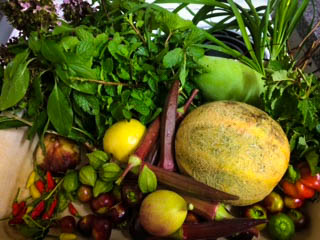
Community Building
Community gardens are certainly beneficial for physical health, but equally important, they positively impact the user’s mental well-being. Gardens help build communities in the proper sense of the word, something that has become an issue, despite many people not being aware of it. Naomi points out that gardens nowadays struggle not with finding members but with retaining them:
“What many gardens struggle with is that people are quite disconnected in this day and age, they don’t really know how to be a part of a community project terribly effectively.”
Consequently, making sure community gardens run uninterruptedly is what helps fight this current problem of instant gratification: growing your own food takes time, it requires effort. It makes people talk to each other, depend upon each other and allows the members to organically develop their communities. Organisations like Community Gardens Australia, therefore, play a huge part in bringing people together and enabling individuals to embark on this journey.
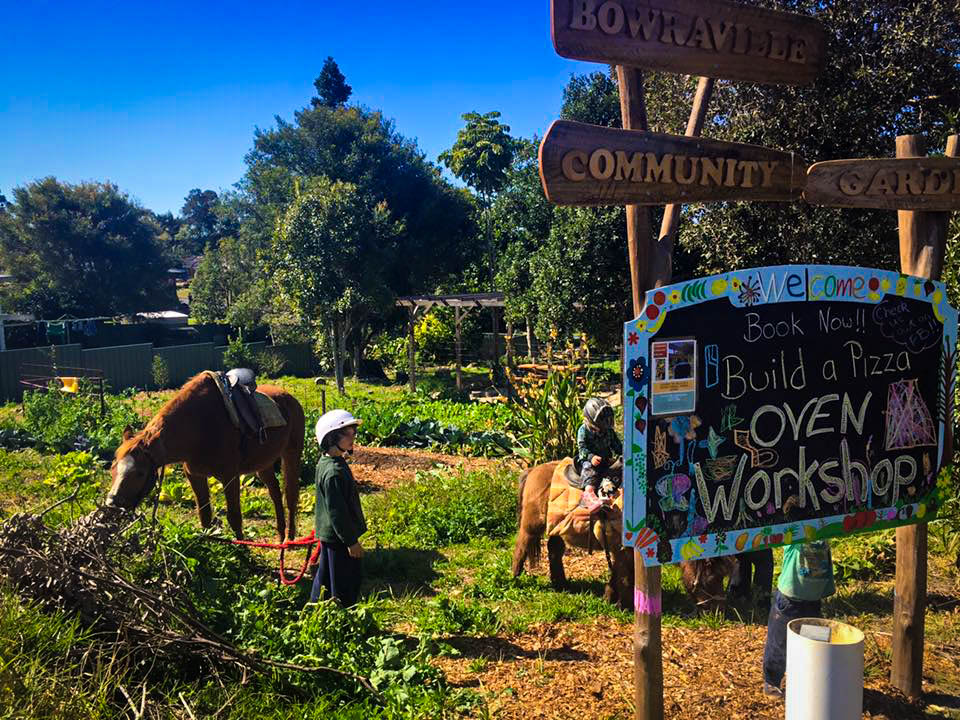
Providing Gardening Space
It’s extremely difficult today to find an empty land without a building on it. Gardening enthusiasts, therefore, need to get creative, and so there are a lot of gardens on church land or schools’ properties. In some cases, wealthy people also dedicated some portions of their private lands to the local community to come and garden on their land. Hence, the cultures of community gardens vary individually.
“Community gardens are as diverse as the communities that they’re established in, with a lot of different stories to be told.“
Community Gardens Australia helps people discover new gardens in their neighbourhoods or the ones where they feel most comfortable. We, humans, need a sense of belonging, a sense of community, and the gardens are the perfect place to develop relationships, enhance skills and overall find peace in having an afternoon off.
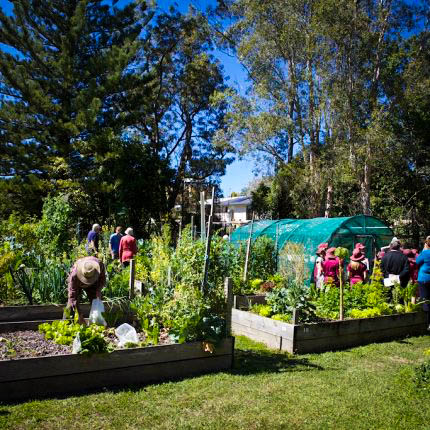
Funding
All that being said, the current biggest challenge Community Gardens Australia is faced with is funding. Its main source of income (as with many community gardens) is through membership, which can be as little as $20 per year. Their current plan is to approach federal, local and state governments; but just how do they plan to do that? Presently, the organisation is collecting research information from researchers at universities across Australia and putting the information into condensed, simplified information brochures backing up the importance and benefits of community gardens with numbers and data.
Changing Minds & Policies
There are still a lot of councils that are very anti-gardening and Community Gardens Australia tries to work with them specifically, to make sure they know that urban gardening is something that’s truly beneficial to their citizens and that they should be encouraging it to the best of their abilities. Meaning, changing their current policies in favour of urban gardening.
Visions for the Future of Community Gardens Australia
The long-term aim of the volunteers is to have the funding needed to offer their own grants to the gardens, for members to either build them from scratch or upgrade the already existing ones.
Even so, their ideas reach out of the garden grounds, too. Focusing on educating people about community gardens, their vision is to run workshops all over the country, introducing the public to everything the community gardeners need to know – how to compost, how to maintain gardens, etc.
Another aim is to work with local governments around Australia, to encourage them to change their policies in support of community gardening activities. As Naomi says, there are fortunately a lot of councils that already support gardens. Community Gardens Australia’s website even provides access to such policies, allowing ambitious gardeners to have a look and see what other local government areas are doing in Australia to support community gardening activities.
A Place Where Inspiration Grows
A lot more could be said about Community Gardens Australia. It’s an organisation, a network, a mediator, and most importantly a connector – it brings people together. Much like the community gardens themselves, the organisation helps to establish a connected community, where people get support, find all needed information, thrive on the motivation and inspiration of others, and learn from the knowledge and experience of other community members.
Let this story serve as an inspiration for you – a lot can be achieved just by having passion and discipline. Create your own community of like-minded people, grab a shovel and get to work. Your community garden could be the next safe and connecting place for your whole neighbourhood.
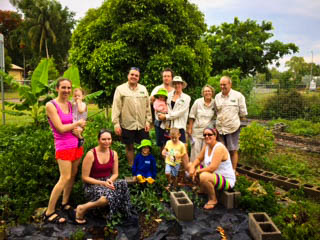



Hello and thank you, it’s encouraging to see all your hard work over the years.
I’m thinking of starting a community garden on some property my husband and I just purchased. I will certainly be needing ideas and help with stratagies! so thank you.
Really inspiring!